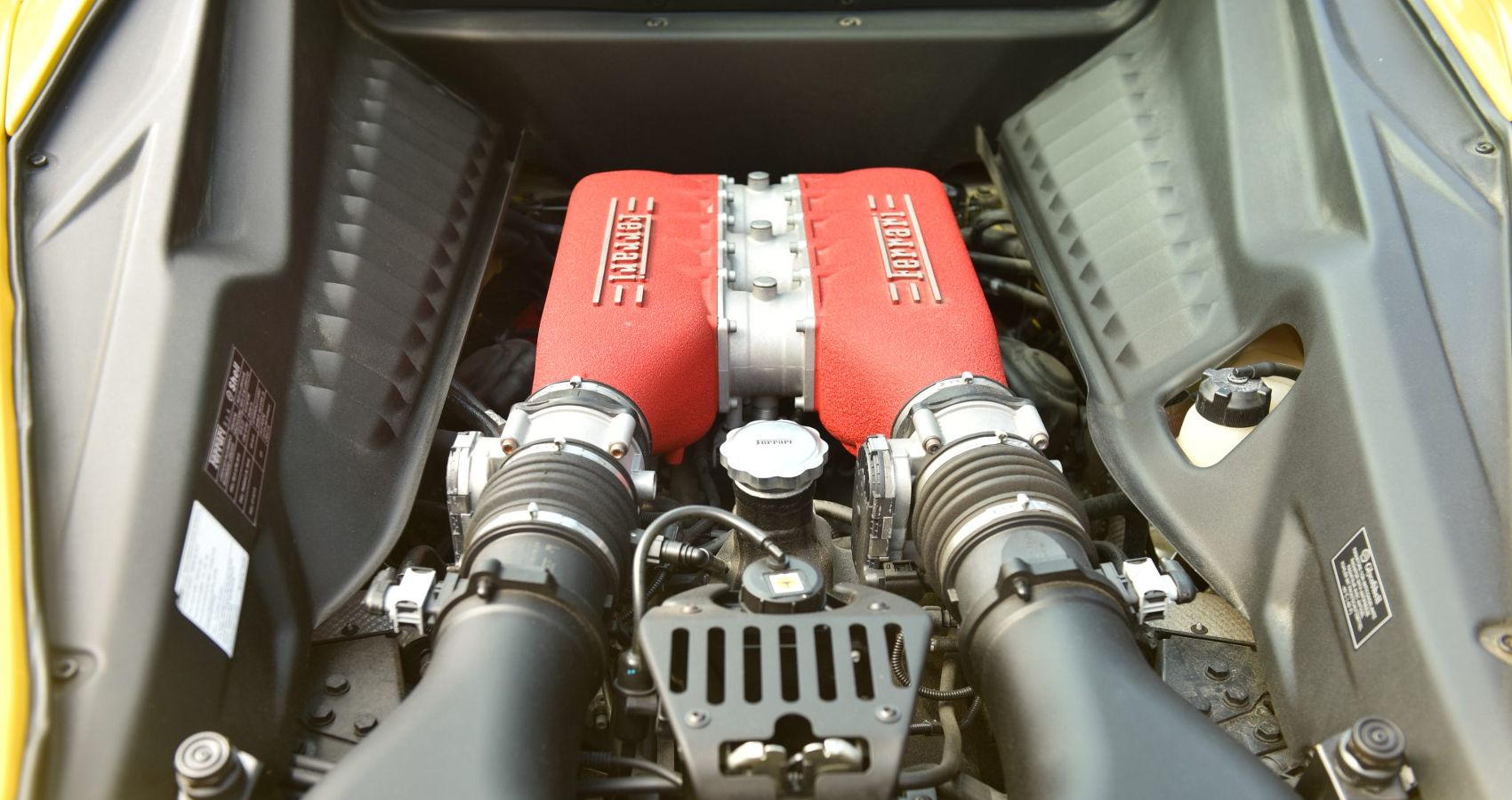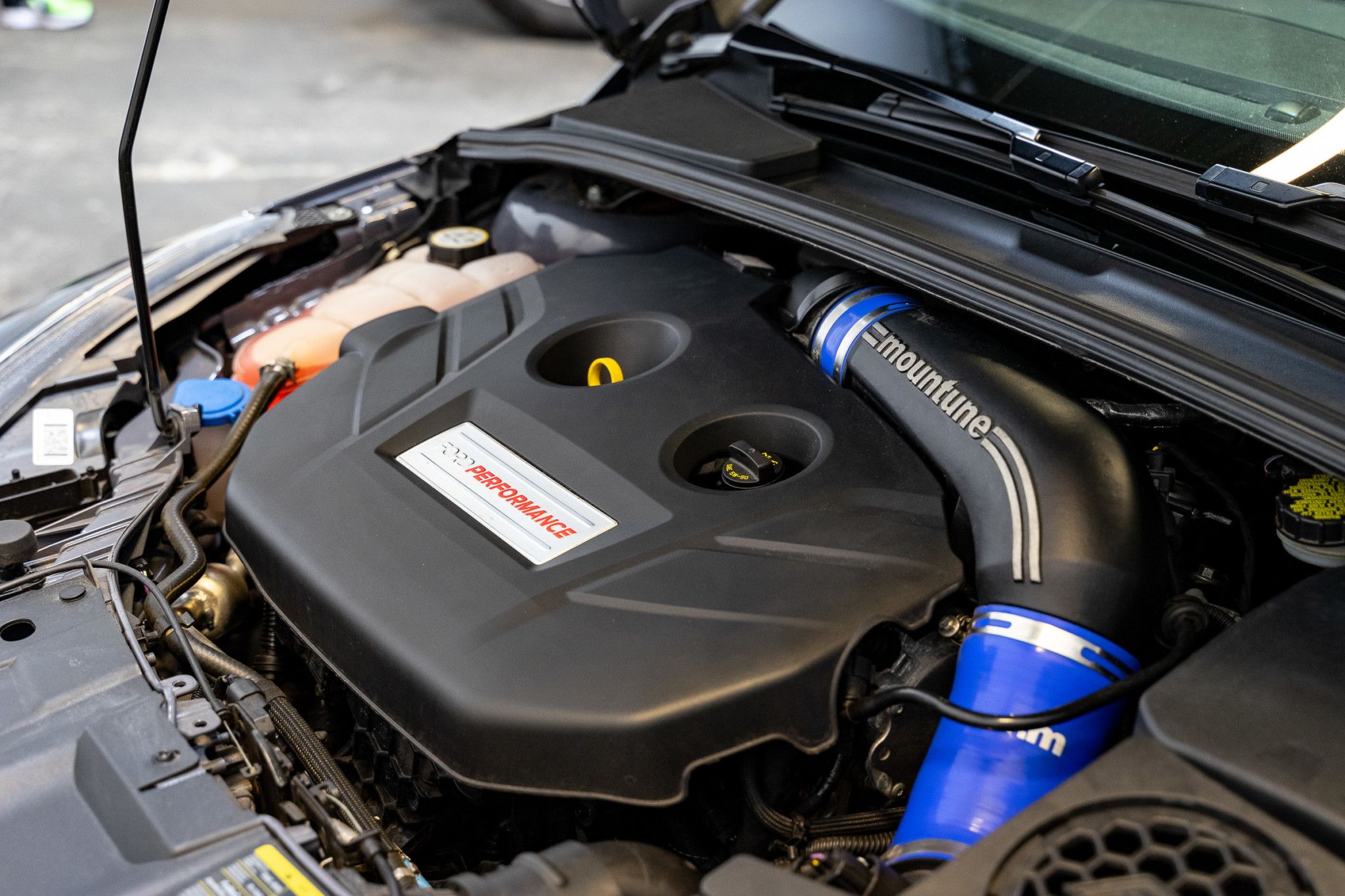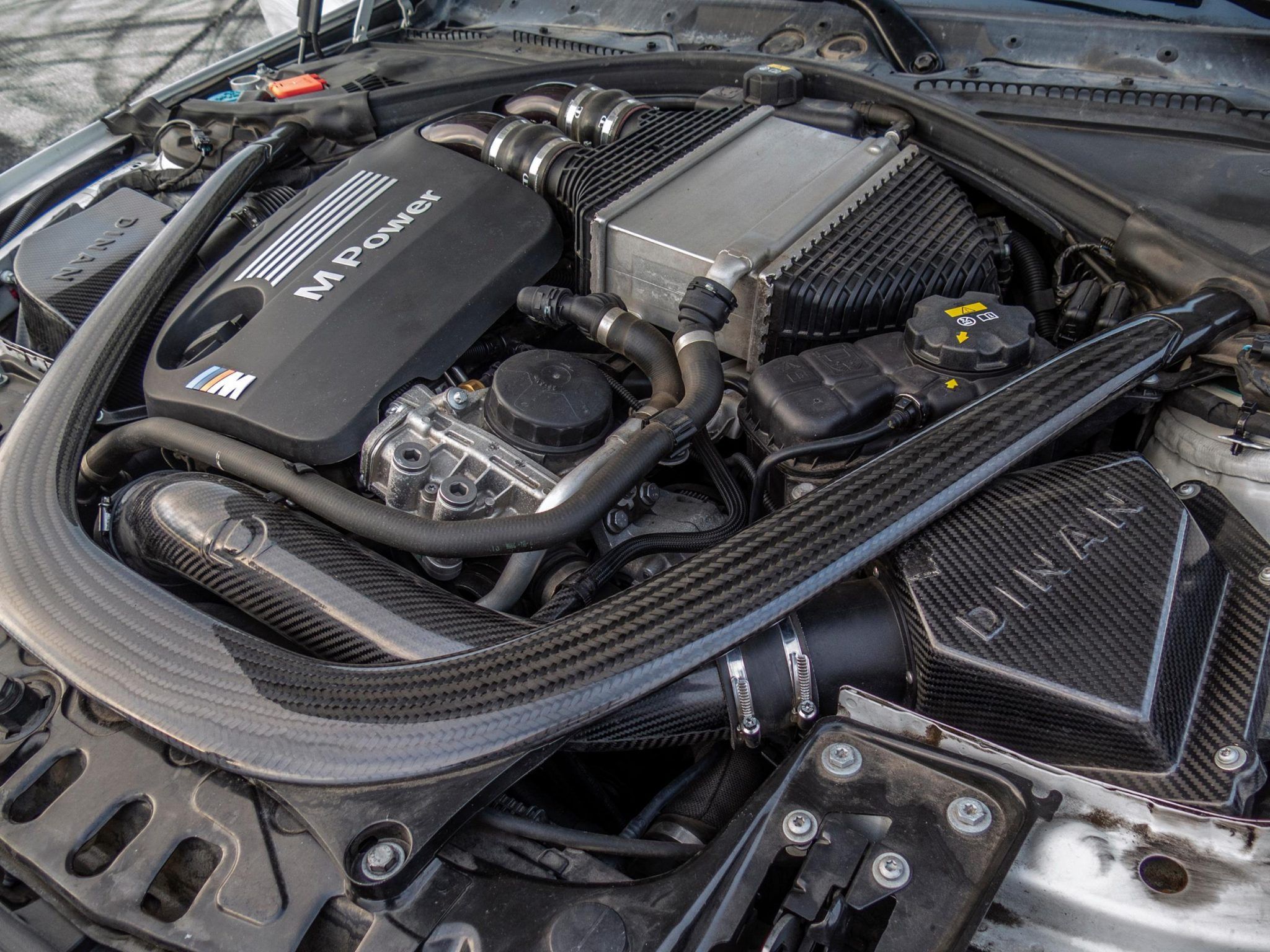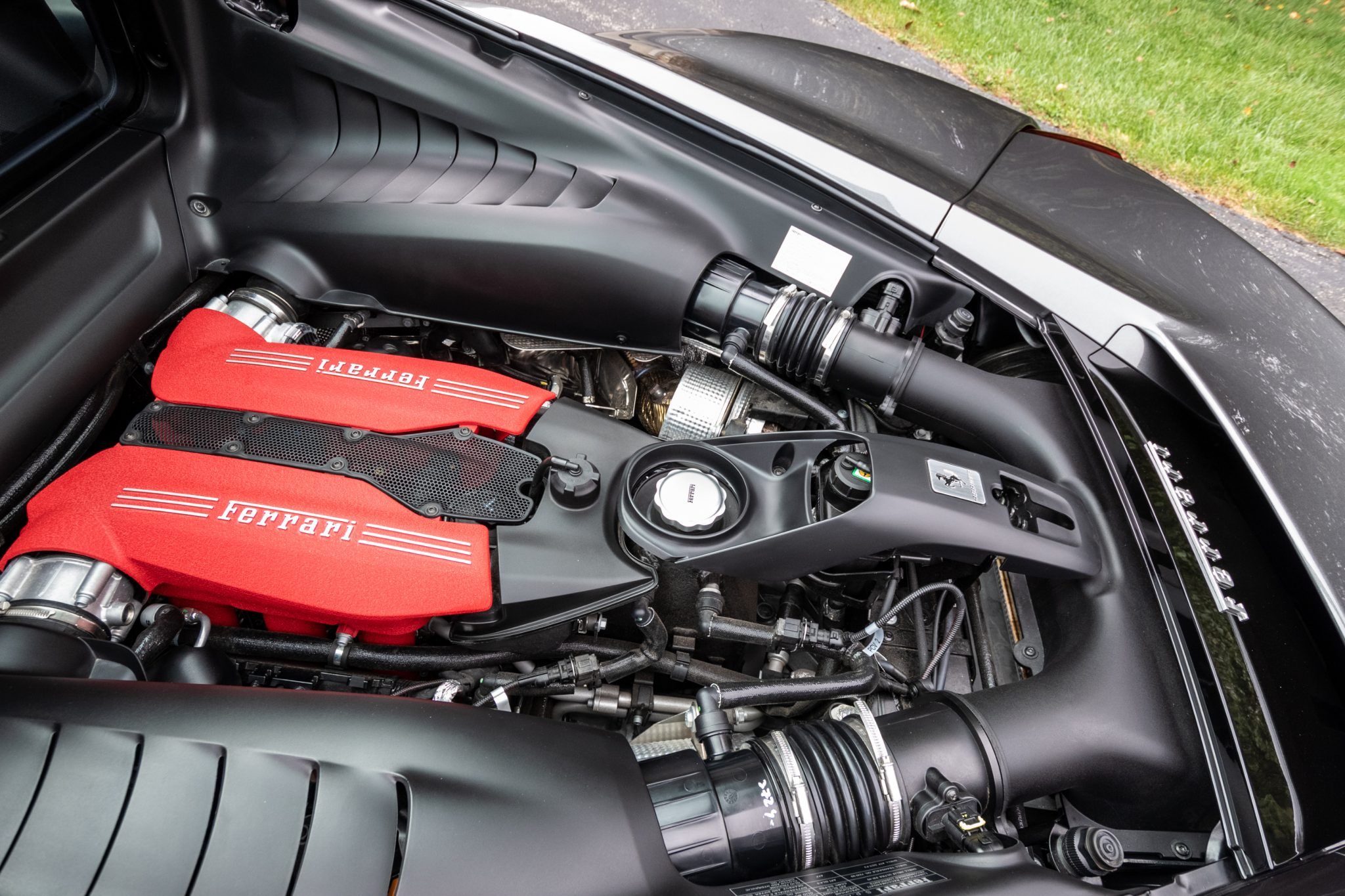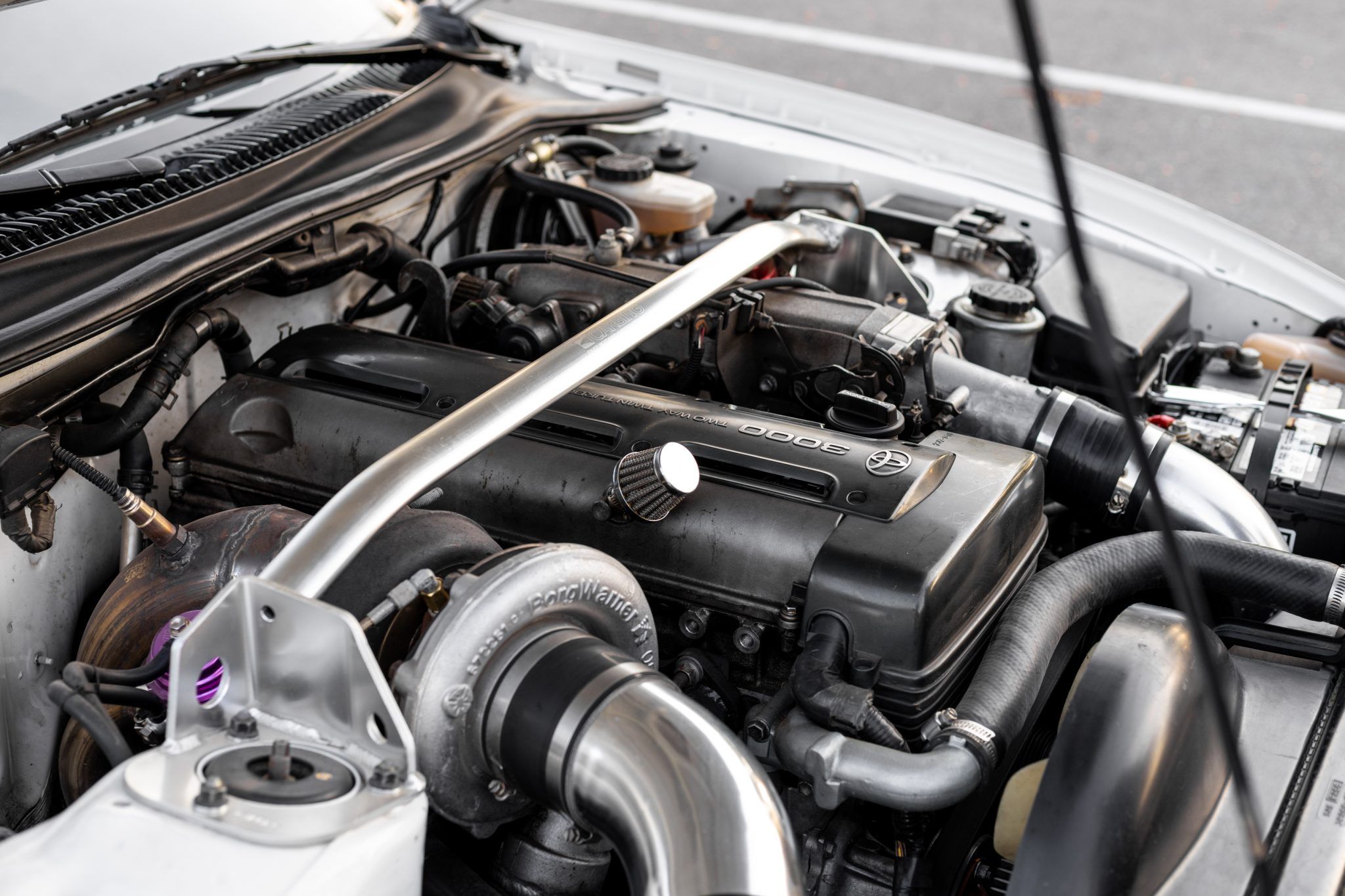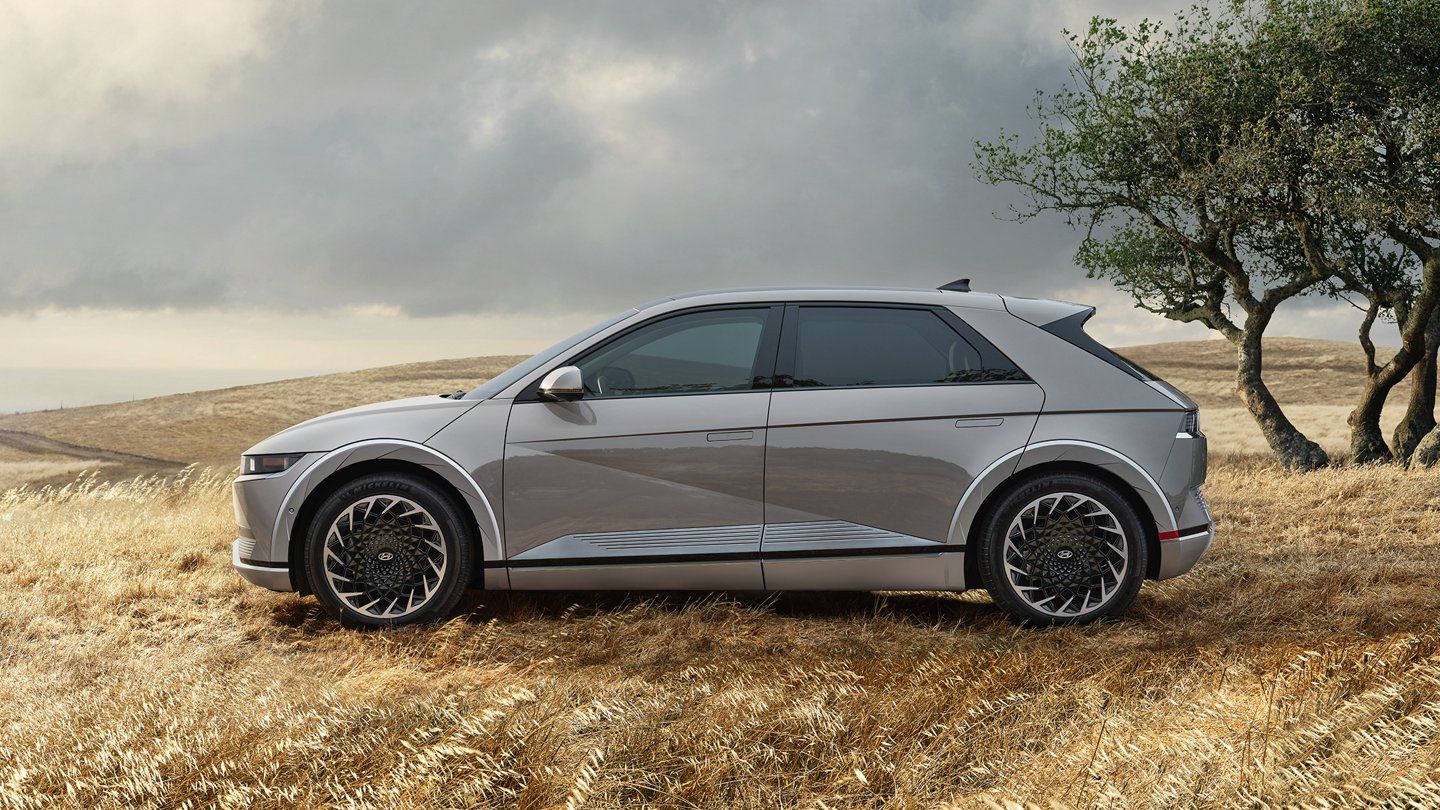Around 30 or 40 years ago, you would be hard-pressed to find—or afford—a factory turbocharged car. As it is painfully apparent, that is not the case anymore. Nearly every car company in the world produces at least one turbocharged engine, putting the naturally aspirated breed on the chopping block.
In truth, we can't blame anyone for this turbo phenomenon except the automotive executives. And even they are simply acting in the best interest of companies that want to turn a profit. But why is the naturally aspirated engine on the endangered list, and what is getting in the way of a return to form for N/A engines?
Well, to simply put it, money. But a more interesting answer would dive into the specific things that cut those costs and excite customers. Look, we love naturally aspirated engines, but there are some unfortunate reasons why it's likely on its way out.
Turbos Can Save Fuel
One key way to sell a customer on a new car is a solid MPG rating. Turbocharging technology has been in development for decades, and for a good portion of that time, engineers were in pursuit of more power.
First, we had single turbo engines like the Porsche 930 Turbo, Volvo 240 Turbo and Saab 900 Turbo. Then there was twin-turbocharging, which found its way into racing initially, but soon evolved into sequential turbocharging as we see in the Mazda RX-7 Twin-Turbo, Nissan 300ZX Twin Turbo and Toyota Supra Turbo.
But all those cars are legendary for their performance, style and modification potential, and engineers quickly realized that turbocharging an engine can theoretically burn less fuel and get higher rated EPA figures. This is where turbocharging changed and where naturally aspirated engines were first threatened.
Modern car companies have developed ways to control boost exceedingly more effectively in all parts of an engine's rev range. The basic explanation is that a smaller engine with a turbo can burn less fuel and make just as much power as a large engine. The turbo will deliver more air via the intake and provide more intense combustion due to that extra air, but it will use a smaller amount of fuel due to the engine's size.
Applications like this have worked in the past. In a more extreme example, the Lamborghini Huracan EVO, with its naturally-aspirated 5.2-liter V10, gets 13 MPG city and 18 on the highway. The Audi RS7, which uses a smaller 4.0-liter twin-turbo V8, gets 14 MPG city and 24 on the highway. Both cars produce power in the low 600 range.
However, there are problems with the fuel economy argument for turbochargers. In real-world driving, where customers drive without care for fuel economy in their turbo car, they often burn even more fuel than their larger, naturally aspirated counterparts. But that's for another time.
Turbo Engines Can Make More Power And Save Money In Development
Companies that produce performance cars know they can make an engine produce a far higher output with a turbo. And, in the never-ending numbers game of 0-60-mph times and quarter-mile figures, turbos can turn into dollar signs for the sales department.
Big horsepower numbers sell cars, as do extremely quick acceleration times. So, executives tend to capitalize on the inclinations of buyers to spring for more power if it's available, and turbocharging makes it easy to boost power outputs.
To put it very simply, taking an old engine and upgrading its stressed components to accommodate for a turbocharger is much more cost-effective than taking that same engine and making more power without forced induction.
Making more power in a N/A engine involves redesigning cylinder heads, valves, pistons, fuel delivery, and countless other parts. Turbocharging an existing engine may involve a new intake manifold, some more exhaust pipes, and that's it. An existing performance-oriented naturally aspirated engine can often handle the addition of boost without changing internals.
For example, the Ford Coyote V8 can be reliably boosted to 700+ horsepower without any major internal changes. And of course, that only happens in the aftermarket where it costs thousands for a turbo kit, but in a manufacturing setting, it would cost less to boost a relatively durable N/A motor than it would to design all new internals to make more power naturally aspirated.
The Current Trajectory Of EVs Allows Less Room For The Naturally Aspirated Engine
Although EVs account for only about 3% of total cars sold in America, more companies are adding EVs to their lineups and some have pledged to eliminate gas engines altogether in a few years. Porsche, for one, predicts that 80% of its vehicles will have a charging plug by 2030.
It is very possible that companies will disincentivize the purchase of naturally aspirated gas engines due to pressure from legislators in the near future. This, along with environmental factors, means naturally aspirated engines would see their demise after over a century of service. Though it's heartbreaking, it is a likely future.
For once, the turbocharger is not to blame for the death of naturally aspirated cars. And it's not to say that EVs can't be just as good as gas cars—they can sure as hell be as fast. But from the car enthusiast's perspective, the downfall of the N/A engine is more than just losing a method of making horsepower, it is the loss of an integral part of what makes driving enjoyable.
Do you think there is room in this world for N/A engines and electric cars? Or is it time to let technology take over?

